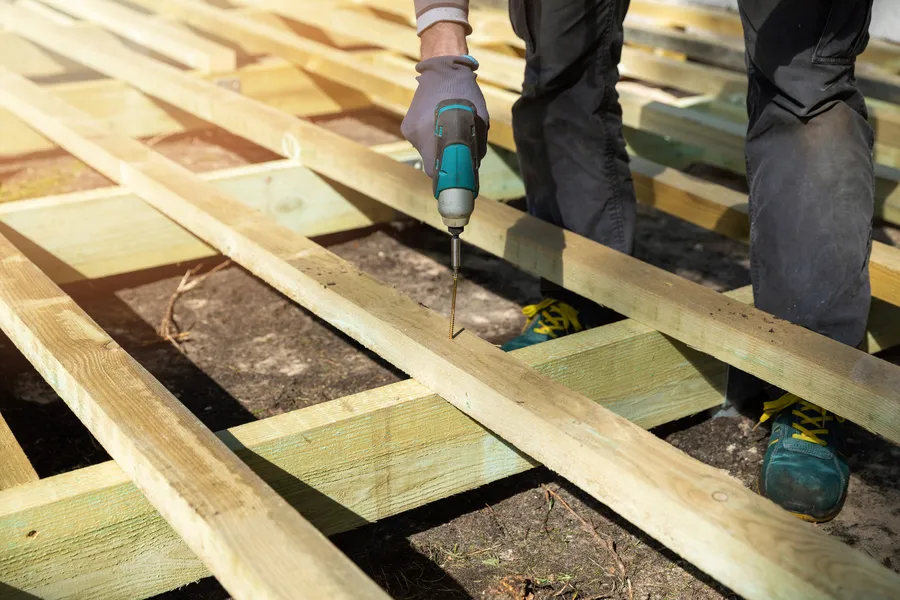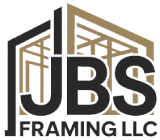A Guide to the Key Components Needed for Building a Strong Structure
Building a deck is an exciting project that enhances outdoor living spaces. To ensure safety and durability, choosing the right materials is crucial. This guide will walk you through the essential components professionals use in deck construction projects. From foundational elements to protective finishes, understanding these materials can help create a lasting structure that meets both aesthetic and functional goals.

Choosing the Right Lumber
Lumber forms the backbone of any deck construction project. Choosing high-quality wood is vital for stability and longevity. Commonly used options include pressure-treated wood, cedar, and redwood. Each type offers unique benefits, such as natural resistance to decay or a pleasing appearance. Professionals often select wood based on climate conditions and aesthetic preferences to ensure optimum performance.
The Importance of Fasteners
Fasteners hold everything together, making them essential in any construction task. For deck framing, professionals recommend using stainless steel or coated fasteners to prevent rust and corrosion over time. These durable fasteners maintain structural integrity while ensuring safety. They are specifically designed for outdoor use, helping to extend the life of your structure.

Understanding Joist Hangers
Joist hangers are critical components in deck framing projects. They support the joists, which in turn support the decking boards. Made from galvanized steel, joist hangers provide robust connections between different sections of the deck. Proper installation ensures load distribution, preventing sagging or instability. Always choose hangers rated for outdoor use to withstand weather conditions.
Exploring Foundation Options
The foundation of a deck is what keeps it grounded and stable. Concrete footings are widely used due to their strength and durability. These footings serve as anchors, keeping the entire structure secure against shifting soil and harsh weather. When laying foundations, it’s essential to consider soil type and local building codes to achieve the best results.
Protective Coatings for Longevity
Applying protective coatings is a proactive step towards extending the lifespan of a deck. Sealants and stains act as barriers against moisture, mold, and UV damage. Regular application helps maintain the wood’s natural beauty while preventing warping and splintering. Professionals often suggest using water-repellent formulas for enhanced protection in wet climates.
Incorporating Safety Railings
Safety railings not only add aesthetic appeal but also provide crucial security measures for elevated decks. Materials like aluminum and composite are popular choices due to their low maintenance requirements and durability. Proper installation with strong anchors ensures that the railing can withstand external forces, offering peace of mind.
The Role of Subflooring
Subflooring might not be immediately visible, but it plays an important role in supporting decking surfaces. Typically made from plywood or oriented strand board (OSB), subflooring provides a stable base for decking materials. This layer helps distribute weight evenly across the frame, reducing stress on individual components.
Conclusion: Bringing It All Together
Professional deck builders know the importance of selecting quality materials for each component of a project. From lumber selection to protective finishes, every choice impacts the final product’s durability and appearance. If you’re considering your own project, remember that JBS Framing LLC can offer expert guidance and quality service. Located in Caldwell, ID, we specialize in crafting beautiful, long-lasting outdoor spaces. Call us at (208) 941-0081 to discuss how we can assist with your upcoming deck project.
